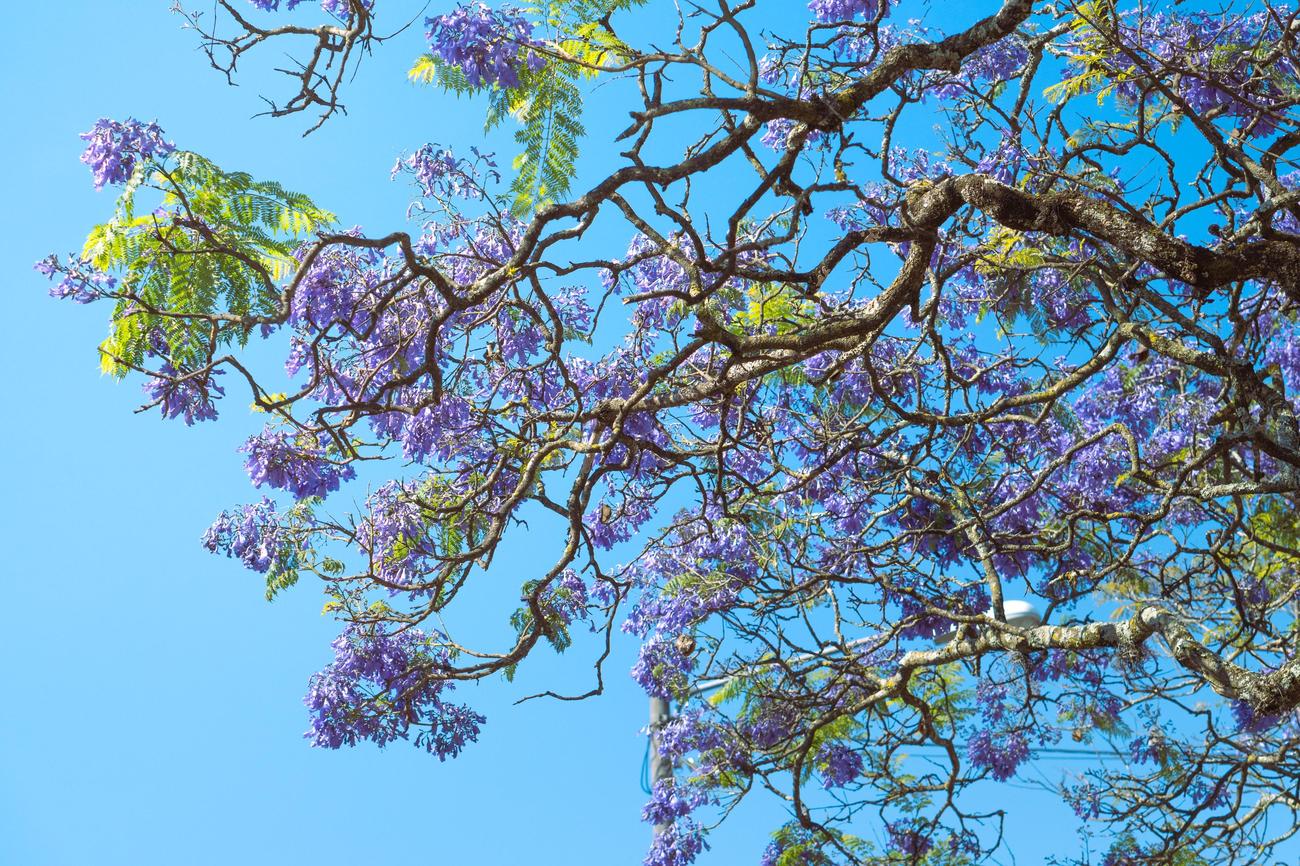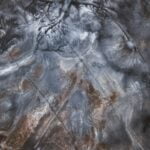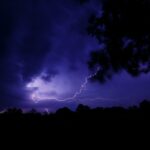Unearthing the Precise Location of Chaparral Biomes

As an experienced environmental journalist, I am constantly unearthing the hidden wonders of the world’s diverse ecosystems. Today, I am thrilled to delve into the captivating realm of chaparral biomes, exploring their precise locations and shedding light on their extraordinary significance. As a seasoned environmental scientist with a passion for fieldwork, I have dedicated my career to understanding the intricate ecological systems that define these remarkable areas. Through meticulous research and analysis, I aim to uncover the secrets of chaparral biomes and emphasize the urgent need for their protection and preservation. Join me on this enlightening journey as we embark on an exploration of the distinct location and invaluable biodiversity of chaparral biomes.
Chaparral Biome Location
The chaparral biome, with its unique characteristics and diverse plant and animal life, can be found in specific regions around the world. Coastal areas with a Mediterranean climate are the primary locations where this biome thrives. Let’s explore some of the fascinating places where chaparrals exist and the distinctive names they are known by in different continents.
In North America, the Chaparral biome is prominent in California, particularly in the southern regions. Its rugged hills are adorned with drought-resistant plants, their hard evergreen leaves providing resilience in the face of arid conditions. However, suburban expansion poses a constant threat to this vibrant ecosystem, making conservation efforts crucial. As climate change intensifies, increased drought further challenges the survival of the California chaparral biome.
Traveling to South America, we encounter Matorral in Chile, another manifestation of the chaparral biome. This region, with its Mediterranean climate, boasts an array of plants and animals that have adapted remarkably to the dry conditions. However, the encroachment of urban development and climate change impacts cast shadows on the future of this unique ecosystem.
Venturing to Europe, we encounter various names for the chaparrals found here. In France and Italy, the chaparral biome is referred to as Maquis. Greece showcases its own version of chaparral known as Phrygana. These European chaparrals showcase the resilience of flora and fauna in challenging environments, but they also face threats similar to other chaparral biomes, such as habitat loss and invasive species.
As we shift our focus to Africa, we encounter the renowned Fynbos in South Africa. This unique chaparral biome not only supports an incredible array of plant species but is also a biodiversity hotspot. Furthermore, in Israel, the Batha biome shares similarities with the chaparral, demonstrating the wide reach of this ecosystem across continents. However, like counterparts elsewhere, both the Fynbos and Batha face conservation challenges due to habitat loss and climate change.
Continuing our journey into Asia, Israel boasts its own version of chaparral called the Batha biome. Additionally, Phrygana can be found in Asia Minor. These chaparral regions showcase the hardiness and adaptability of plants and animals that thrive in arid conditions. However, as with other chaparrals, they are not immune to the detrimental impacts of climate change and the encroachment of human activities.
Finally, in Australia, the chaparral biome is known as Kwongan in the Western and Southern regions. This unique ecosystem showcases the tenacity of plant and animal life in the face of challenging conditions. However, habitat loss and climate change pose significant threats to the delicate balance of this chaparral biome.
In conclusion, the chaparral biome is not confined to one specific location but can be found on multiple continents across the globe. From the Chaparral in California to the Matorral in Chile, the Maquis in Europe, and the Fynbos in South Africa, each region harbors its own unique version of this remarkable ecosystem. Yet, regardless of its location, the chaparral biome faces numerous challenges, including habitat loss, invasive species, fire suppression, and the impacts of climate change. It is crucial for us to understand and appreciate the diverse locations of chaparral biomes, as well as the need to protect and preserve them for future generations.
“The unique locations of chaparral biomes across the world showcase the remarkable adaptability of plants and animals in the face of challenging conditions.”
The chaparral biome is a fascinating and unique ecosystem that is home to a diverse range of plant and animal species. If you’re curious to learn some fun facts about the chaparral biome, click here to discover interesting insights and trivia about this incredible environment. Whether you’re an avid nature enthusiast or simply love discovering new information, exploring the wonders of the chaparral biome will surely captivate your imagination. So, let’s dive in and uncover the hidden treasures of this extraordinary biome! fun facts about the chaparral biome
A Closer Look at the Chaparral Biome
[youtube v=”dRqa50_QIoY”]
Introduction
The chaparral biome, also known as a place of evergreen scrub oaks, is a unique and diverse ecosystem that exists in specific regions around the world. Coastal areas with a Mediterranean climate serve as the primary locations for chaparrals, which offer a delicate balance between forest and grassland habitats. Among the prominent regions where the chaparral biome thrives are California in North America, the Matorral in Chile, the Maquis in France and Italy, and the Fynbos in South Africa.
The Characteristics of the Chaparral Biome
The chaparral biome is characterized by its distinct climate and terrain. With hot and dry summers, mild and moist winters, and minimal rainfall throughout the year, this biome experiences a unique set of abiotic factors. Temperature ranges from -1 to 40 degrees Celsius, and precipitation averages between 10 to 17 inches annually, with the majority falling during the winter months. The chaparral’s diverse landscapes include flat plains, rocky hills, and mountain slopes, each contributing to its overall biodiversity.
“The chaparral biome experiences a unique climate with hot and dry summers, mild and moist winters, and minimal rainfall throughout the year.”
Plant Life in the Chaparral Biome
In the chaparral biome, plants known as producers play a vital role. These plants, such as the blue oak tree and sagebrush, have developed various adaptations to survive the harsh conditions. Protective measures include having a waxy layer on top of leaves to retain water, long roots to access deep water reservoirs, fire-resistant barks, and hard leaves to withstand periods of drought. These adaptations enable the plant life in the chaparral to thrive despite the challenging environment.
Animal Adaptations in the Chaparral Biome
The chaparral biome is home to a diverse range of animals that have evolved to withstand the long dry climate. These animals, including birds, reptiles, amphibians, and mammals, possess unique physiological and behavioral adaptations. With thin fur, small sizes, and the ability to stay nocturnal, they are capable of staying cool when the temperatures rise. Additionally, their large ears provide an expansive surface area of exposed skin, allowing them to dissipate heat more efficiently. To survive without access to water for extended periods, these animals have developed the remarkable ability to conserve water by minimizing water loss through urination.
“The animals in the chaparral biome have adapted through various means, including physiological and behavioral modifications, to survive in the dry climate.”
The Food Chain and Food Web in the Chaparral Biome
Within the chaparral biome, the intricate relationships between organisms can be seen through food chains and food webs. Organisms, such as the praying mantis, alligator lizard, jackrabbit, and coyote, form a food chain, with each organism being a consumer at different levels. This interdependence is vital for maintaining biodiversity and a stable ecosystem. A food web, consisting of interconnected food chains, further illustrates the complexity of relationships and interdependencies within the chaparral.
The Challenges Faced by the Chaparral Biome
Although the chaparral biome is a thriving ecosystem, it faces numerous challenges. Habitat loss, invasive species, fire suppression, and climate change all threaten the delicate balance within this biome. These issues pose a significant risk to the survival of the species that call the chaparral home.
Conclusion
As we delve into the world of the chaparral biome, it becomes evident that this ecosystem is a marvel of adaptation and interdependence. From its diverse plant life to its unique animal adaptations, the chaparral provides a fascinating glimpse into nature’s ingenuity. However, the challenges it faces remind us of the need to protect and preserve this delicate ecosystem for future generations to appreciate and learn from.
“The chaparral biome is a marvel of adaptation and interdependence, but its survival is threatened by habitat loss, invasive species, fire suppression, and climate change.”

FAQ
Question 1
Where are chaparral biomes found?
Answer 1
Chaparral biomes are found in specific areas around the world, mainly in coastal regions with a Mediterranean climate. Some locations of chaparrals include North America (Chaparral in California), South America (Matorral in Chile), Europe (Maquis in France and Italy, Phrygana in Greece), Africa (Fynbos in South Africa, Batha in Israel), Asia (Batha in Israel, Phrygana in Asia Minor), and Australia (Kwongan or mallee in Western and Southern regions).
Question 2
What percentage of terrestrial Earth is covered by chaparral biomes?
Answer 2
The chaparral biome covers somewhere between 2-5% of terrestrial Earth. It is found on multiple continents, each with its own name designation.
Question 3
What are the characteristics of the chaparral biome?
Answer 3
The chaparral biome is characterized by drought-resistant plants with hard evergreen leaves and short internodes. It is known for its high occurrence of fires and its controversial nature due to suburban expansion.
Question 4
How do plants and animals in chaparral biomes adapt to the climate?
Answer 4
The plants and animals that inhabit chaparral biomes are well adapted to the climate. Many can live without water for long periods of time or are able to store water. These adaptations allow them to survive in the arid conditions of the chaparral.
Question 5
What are the threats to the chaparral biome?
Answer 5
The chaparral biome faces numerous threats, including habitat loss, fire suppression, invasive species, and climate change. Conservation efforts are necessary to protect this important and unique ecosystem and its diverse plant and animal life.
- Mastering Leader in Spanish: The Complete Guide - April 19, 2025
- Uncovering Surprising Parallels: England Size Compared to US States - April 19, 2025
- Old Mexico Map: Border Shifts 1821-1857 - April 19, 2025
















